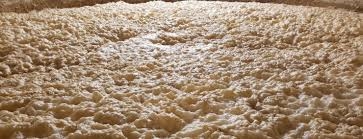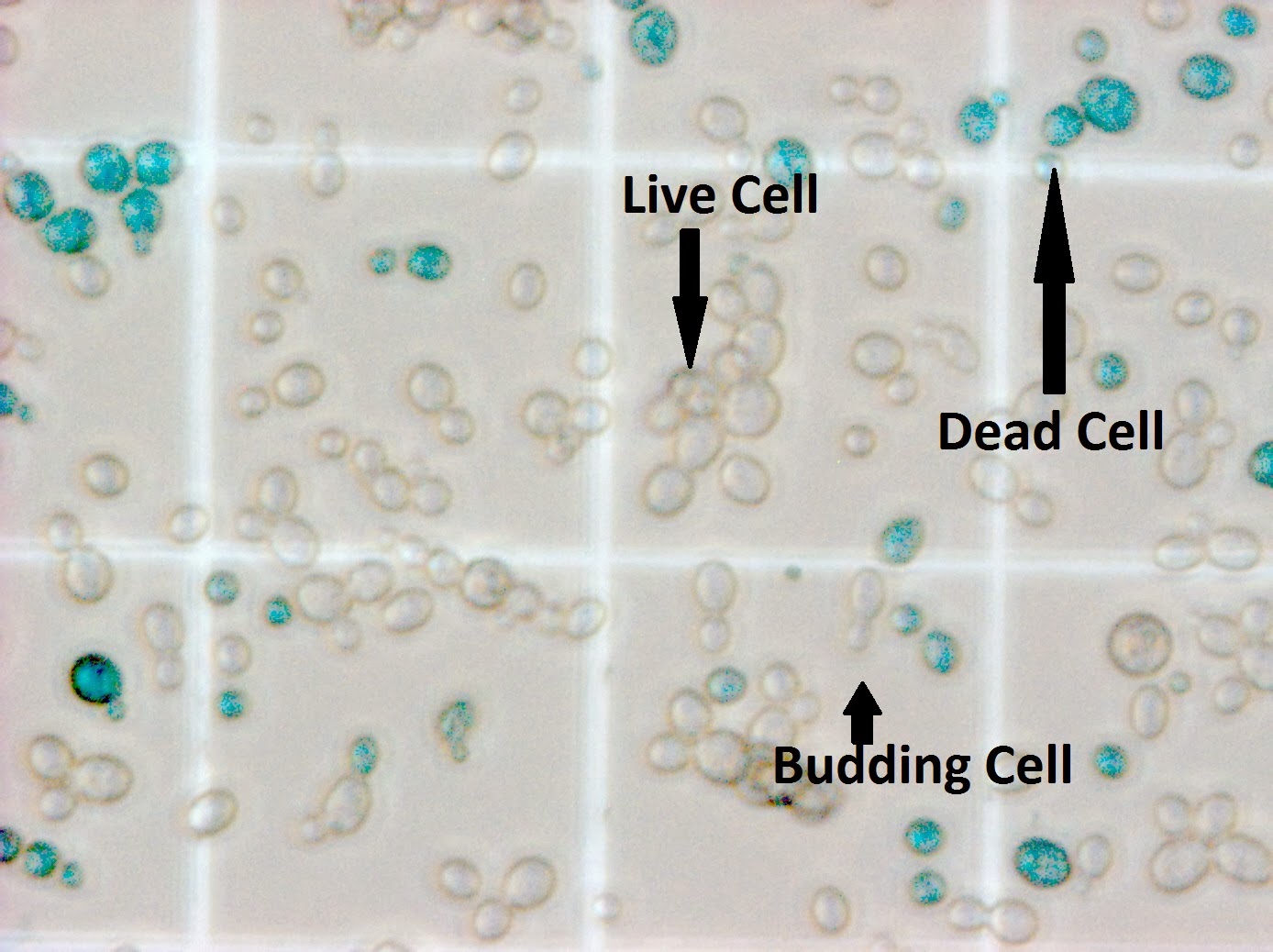Order Calculator
Just as important as choosing the right strain of yeast for your beer, seltzer, wine, sake or spirits is making sure to order the right amount. Fortunately, this part is more science (and math) than it is art, so we’ll help you determine just how much viable yeast you need for your next fermentation. We suggest 750,000 cells / mL / degree plato for ales. Lager fermentation requires additional yeast to perform correctly and we suggest 1,500,000 cells / mL / degree plato for a lager fermentation.
Have a question about a yeast strain or how much to buy? Don’t hesitate to reach out at any time, and one of our experts will help you find the Perfect Pitch!
| SKU | Name | Buy | Image | hf:categories |
|---|
| Name | Buy | hf:categories |
|---|
Calculating Cell Count
One of the most powerful tools a brewer can employ is cell counting. Being able to track cell counts allows for proper pitching, harvesting, and fermentation tracking. To start, you’ll want the following tools and equipment:
 Hemocytometer slide and cover slips: used to count cells in a known volume for quantification. NOTE: The cover slip is specific to the hemocytometer. A normal glass cover slip cannot be used.
Hemocytometer slide and cover slips: used to count cells in a known volume for quantification. NOTE: The cover slip is specific to the hemocytometer. A normal glass cover slip cannot be used.- Compound Microscope: to view the cells in the hemocytometer for counting under magnification.
- 2 counters: keeps track of cells being counted (one for viable and one for non-viable cells).
- 1mL pipet tips: used to make dilutions.
- 200µL and 20µL pipet tips: used to make dilutions and load sample into hemocytometer.
- 2 mL tubes: to hold sample, reagent and solutions.
- 1% Methylene Blue Stain: used to stain the cells to determine cellular viability.
- diH2O: used for dilutions and to clean the hemocytometer.
To help you conduct your first cell count, or to fine-tune your accuracy and process, we’ve put together a Standard Operating Procedure (SOP) that may be added to your production binder, plus a Cell Counter Spreadsheet for logging and tracking purposes.
Repitch Calculator
Many breweries start out using dry yeast cultures for most of their fermentations. Over time, brewers often want more options for flavor and fermentation environment than dry yeast can provide, so they make the move to liquid. With that comes the opportunity to harvest and reuse yeasts across a number of brew days for batch-to-batch consistency and cost savings. Each reuse is called a “generation” and it’s important to track the health and viability of the yeast to determine its useful life.

When reusing generations, there are three stages of yeast management:
- Yeast Cropping: harvesting the yeast from your recently-finished fermentation
- Yeast Storage: creating a healthy environment for the harvest yeast until next use.
- Pitching: adding the stored yeast cells to the next fermentation.
We’ll help you determine the health and viability of your harvested yeast using industry-standard calculations for how much slurry is necessary.
 Hemocytometer slide and cover slips: used to count cells in a known volume for quantification. NOTE: The cover slip is specific to the hemocytometer. A normal glass cover slip cannot be used.
Hemocytometer slide and cover slips: used to count cells in a known volume for quantification. NOTE: The cover slip is specific to the hemocytometer. A normal glass cover slip cannot be used.